Recommendations for planting and caring for garden lingonberries
Many berries, which are considered forest, can be grown at their summer cottage. Garden lingonberry is no exception, planting and caring for which have several features. Moreover, its cultivation will not be particularly difficult. The main thing that needs to be done is to create conditions close to those in the natural environment of berry growth.
Soil preparation
Under natural conditions, lingonberry grows in raised bogs. The soil there is constantly moist and loose, and besides, it is very acidic. Accordingly, the same conditions must be created for growing this berry in a summer cottage. To make the soil more acidic, you can use a vinegar solution or ground sulfur.
Advice
Lingonberry loves sunny, well-lit places. And, despite his love for a humid climate, he does not tolerate excess liquid.
It is best to plant lingonberries in peat soil. However, if there is no such land in the garden, you can create a suitable nutrient medium artificially. To do this, it is necessary to dig a ditch at the site of the future planting. It should be about one hundred and twenty centimeters wide and about thirty deep. After that, the resulting trench is filled with a mixture of soil:
- for clay soil - three parts of peat and one part of coarse sand;
- when the soil is very loamy, more sand is added to a ratio of 3: 2;
- for sandy soil, peat is mixed with garden soil in the same ratio. In this case, you can also replace peat with forest litter, but then you need to take an equal amount of ingredients.
Next, you need to slightly compact the resulting bed. If groundwater flows near the place where the lingonberry will be grown, drainage should also be added to the bottom of the ditch. In this capacity, you can use, for example, rubble, broken brick, gravel or small pebbles.
After that, the soil for planting is almost ready - all that remains is to feed it. This is done with the help of mineral fertilizers - ammonium and potassium sulfates, as well as superphosphate. It is important not to overdo it with fertilizers, a large amount of them harms the plantings of lingonberries.
Advice
Organic fertilizers, especially manure, should not be added to the soil under the lingonberry, as they increase the alkali content in the soil. In addition, top dressing must be chlorine free.
Reproduction
Under natural conditions, lingonberry reproduces in a generative way - by seeds. But growing it in this way in the garden is not very convenient. To ensure that a bush grows from a seed is quite problematic, and that it is also fruitful is almost impossible. In addition, it will take a long time to wait for the berries to appear.
Therefore, in summer cottages, as a rule, lingonberries are propagated by vegetative methods. There are three of them.
- Bush division. Produced in spring. Side shoots are carefully separated from the mother bush together with the underground part.
- Using rhizome segments. They are harvested in spring - late April or early May. Small shoots or buds should be present in the selected root area.
- Cuttings. Cuttings are harvested in late summer or early autumn - a piece about ten centimeters long is cut from the green stem. They are stored in plastic bags at room temperature until spring.
When multiplying by one of these methods, it will be possible to get a crop within a year or two after planting. The fastest results are obtained by dividing the bush.
Landing
Cuttings or pieces of rhizome are planted in a previously prepared place in the spring - in April or the first half of May.There is also information that you can start growing in the fall, but in this case, the planting material must be grown in advance at home.
The depth to which shoots should be buried is about six to eight centimeters. Disembarkation is done in a line or in rows. The distance between the bushes should be at least thirty centimeters, and between the rows - about sixty. Further, the seedlings must be watered abundantly.
Advice
After planting and watering, it is recommended to sprinkle the soil with sawdust, pine needles, sand or cover it with bark. This process is called mulching.
The next stage of planting, necessary for the bushes to take root and take root in a new place, is the shelter of young shoots. For these purposes, burlap, polyethylene or some other similar material is used. In order not to dry out the soil and avoid burns on the plants, you should additionally cover the transparent material with old newspapers or gauze. Covering material is removed after three weeks.
Lingonberries can grow not only horizontally, spreading along the ground, but also vertically. If you put special supports, then the bushes can stretch up to a meter.
Care
Cultivation of lingonberries does not require any special care measures, only standard activities, as for any other crop. These are regular watering, weeding and mandatory loosening of the soil. Watering is necessary as the soil dries up, but do not overdo it. As a rule, in the absence of rain, the frequency of watering is about once a week. In extremely hot, dry weather, it is also necessary to spray the leaves every couple of days.
After three years, the plantings become more dense. From this moment on, they need to start feeding. This is done with the same fertilizers that were applied during planting. Also at this time it will be necessary to thin out the bushes. The removed plants can be used as fertilizer for other crops or planting material.
When the bushes are ten years old, they will need to be cut. As a rule, the lower old branches are removed. This should be done in early spring - in the first half of March. Carrying out such activities will increase the life span of the old bush and contribute to the formation of new shoots.
Lingonberry is a frost-hardy plant, and usually there is no need to cover it with anything for the winter. The exception is very cold winters, during which little snow falls. In this case, it makes sense to cover the bushes with burlap or some similar material. This will keep the underground parts of the plant from drying out.
Pests and diseases
Lingonberries can be susceptible to a number of fungal diseases.
- Exobasidiosis. It manifests itself in a change in the color of the affected parts, especially leaves, to white or pinkish. An increase in leaves may also be observed. The method of treatment is spraying the infected parts with Bordeaux liquid. In total, three or four such treatments may be needed at intervals of about two weeks.
- Moniliosis. The shoots and leaves of the plant are deformed and may increase in size. In this case, the stems dry out. To cope with the disease will help "Fundozol" or "Topsin", which are sprayed on the plant. In total, three treatments are needed with weekly breaks between them.
- Rust. It manifests itself in the appearance of dark orange or brown spots on the leaves. Treatment is the same as for exobasidiosis.
- Mycosphereliosis. Symptoms are dirty red spots on the leaves. Treatment is similar to that for moniliosis.
- Sclerotinia. The berries shrink, dry up, mummify. Affected plants are treated with Bordeaux mixture or Topsin, three times at intervals of seven days, after picking berries from healthy plants.
There are diseases that are caused by viruses. They can manifest themselves in a sharp decrease in plant size, thinning and drying of the stems.In this case, it will not work to save the affected bushes - just remove and destroy so that the disease does not spread further. Also, for prevention, it makes sense to disinfect the soil and timely destroy insects that are carriers of diseases.
The most common pests of lingonberry are caterpillars that eat the leaves, buds and buds of the plant. In addition to mechanical damage, they also carry some of the diseases listed above. If parasites are found on landings, they should be carefully treated with an insecticide, clearly following the instructions for use. It is important not to let the poisonous drug get on the flowers and berries.
Output
Growing lingonberries in a summer cottage is not particularly difficult. The main thing that needs to be done is to prepare the soil so that it matches the soil in which this berry grows in its natural environment. The most important condition is that it must be acidic enough. It is also worth paying attention to the landing site - it should be well lit and not waterlogged.
The soil should be well breathable, not dense, so it should be loosened regularly. In addition, you will periodically need to prune old branches and thin out the plantings. In dry weather, additional spraying of the leaves is required. As a rule, it is not necessary to cover lingonberries for the winter.
You should also pay attention to the fight against diseases and harmful insects. However, you should not overdo it with chemicals. The same can be said about watering and fertilizing - everything should be in moderation.

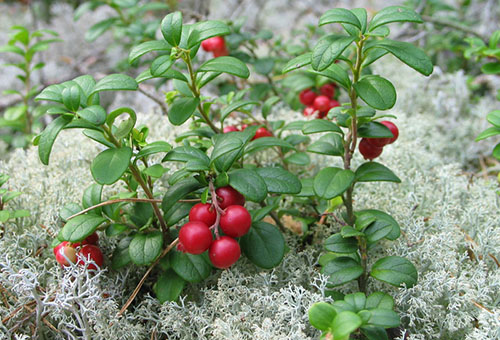
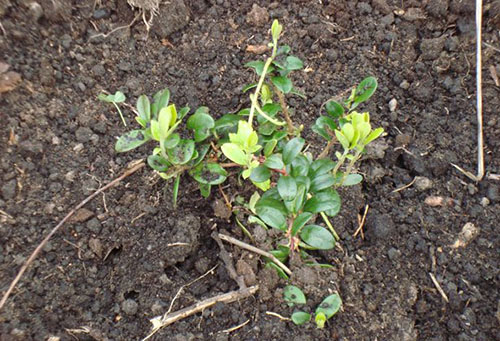
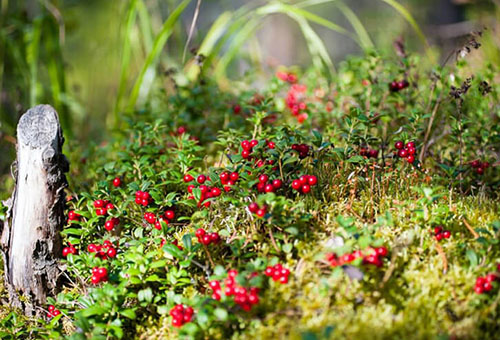
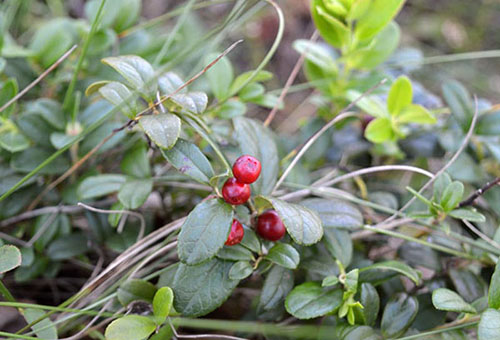

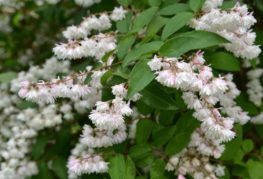
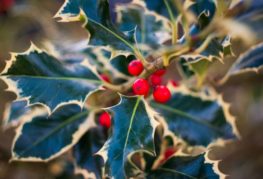

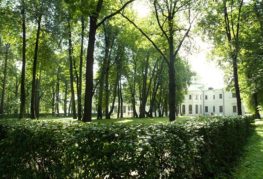
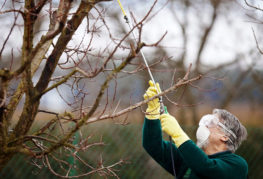
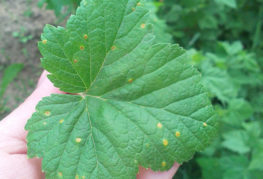
and will be published shortly.